Chefchaouen: Morocco's 'Blue Pearl'
-
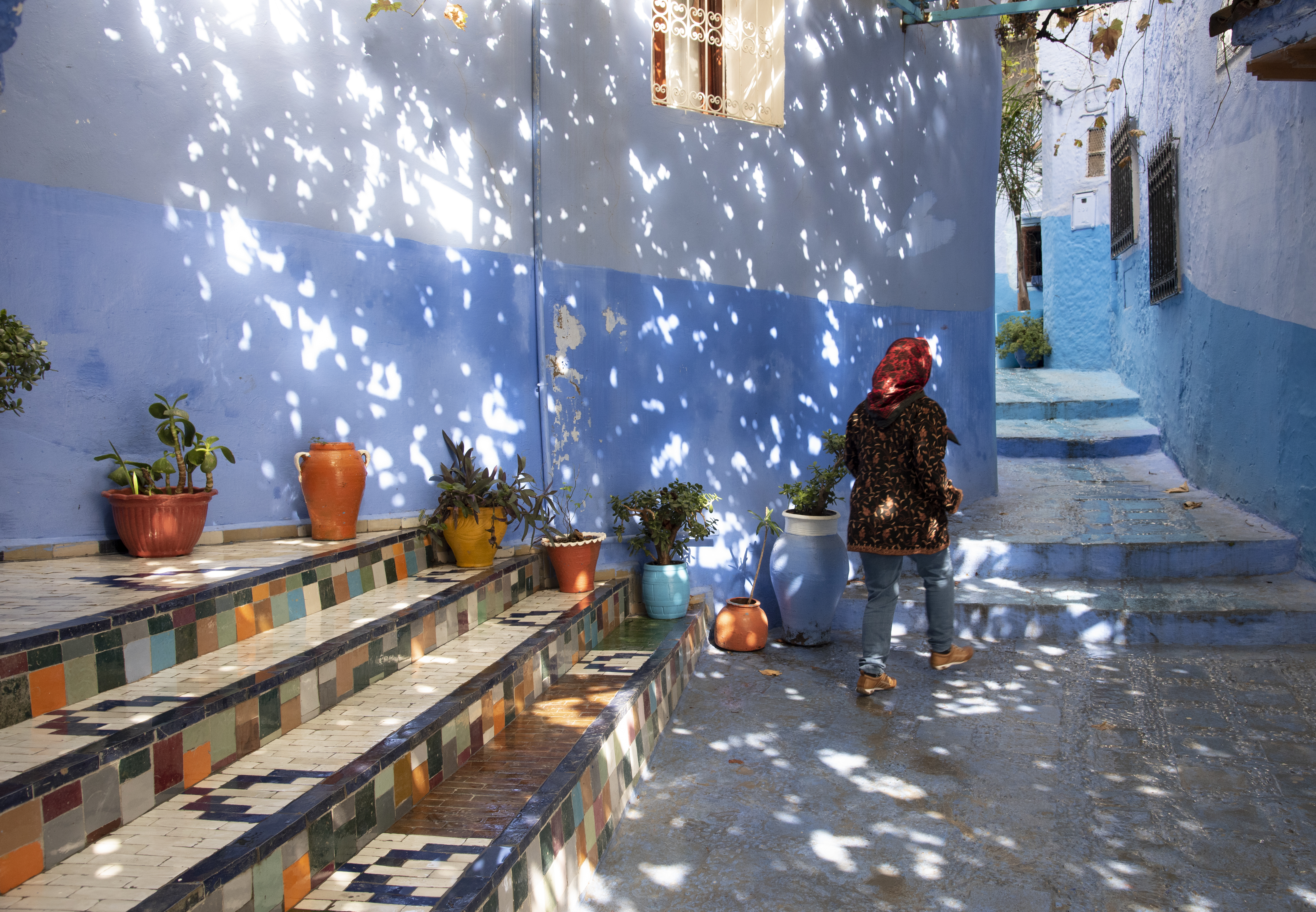
-
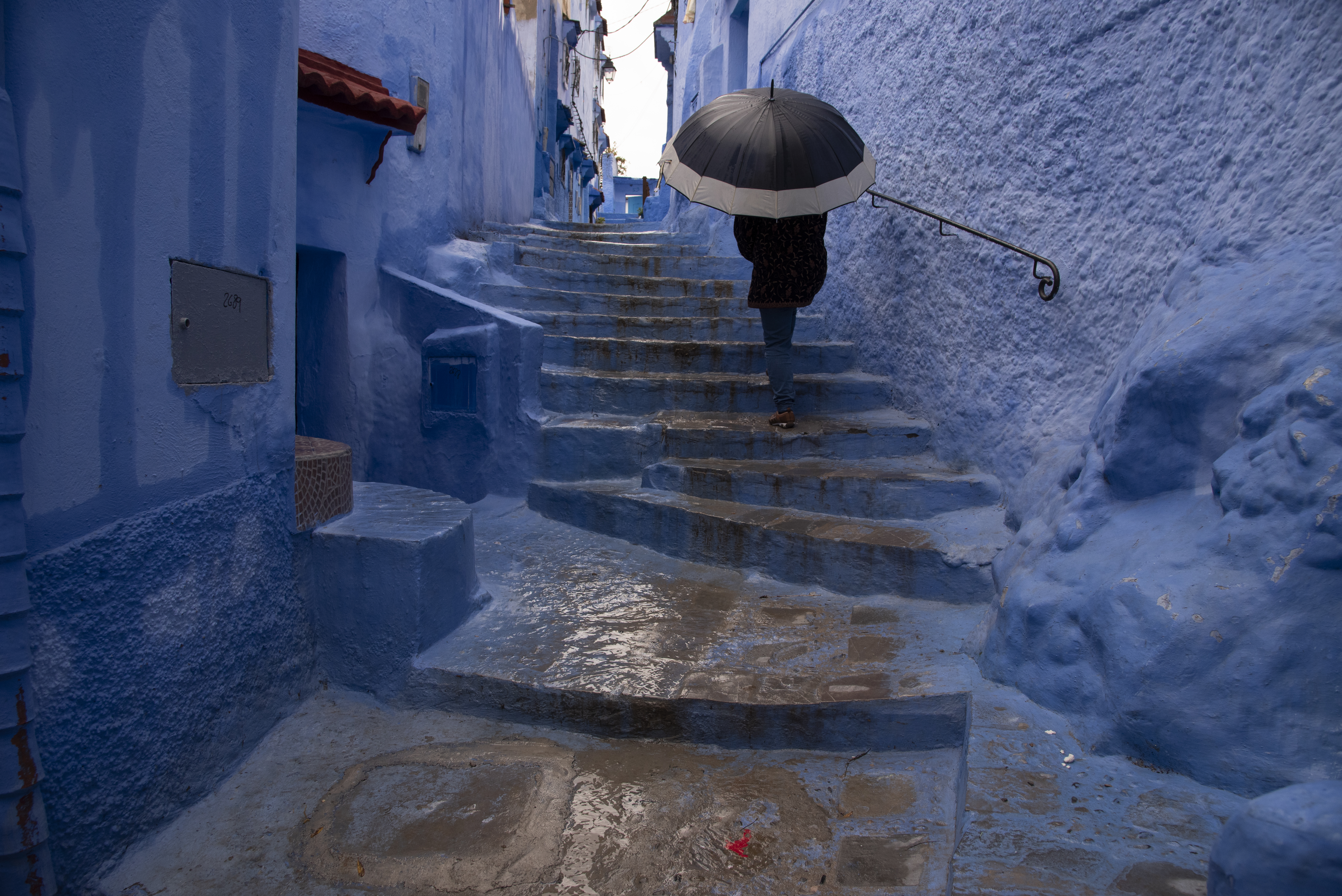
From a deep, intense indigo to a fading, almost fragile, aquamarine, the azure shades change throughout the day -
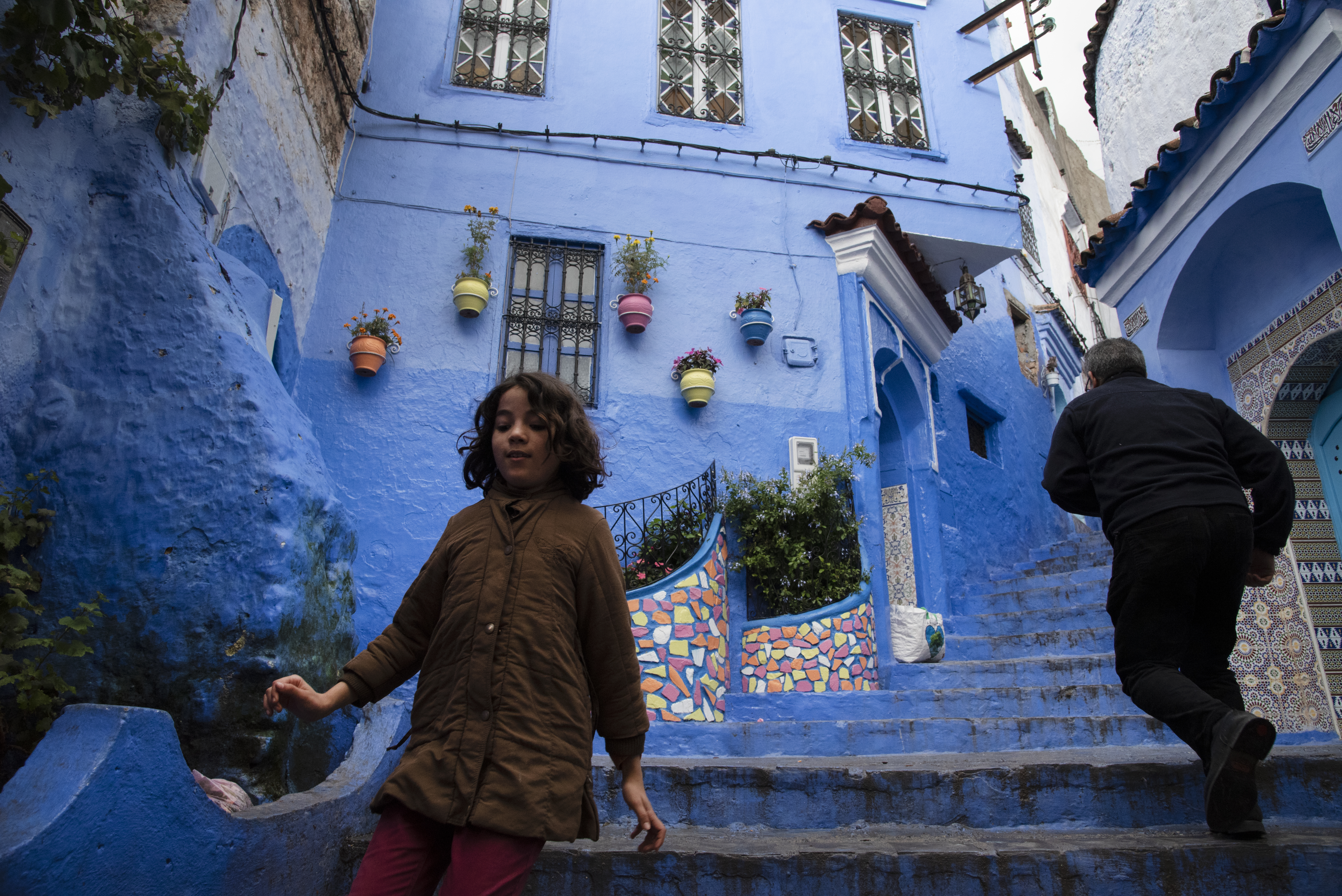
Labyrinthine alleyways snake up and down through the walled casbah, forming a mystifying maze -
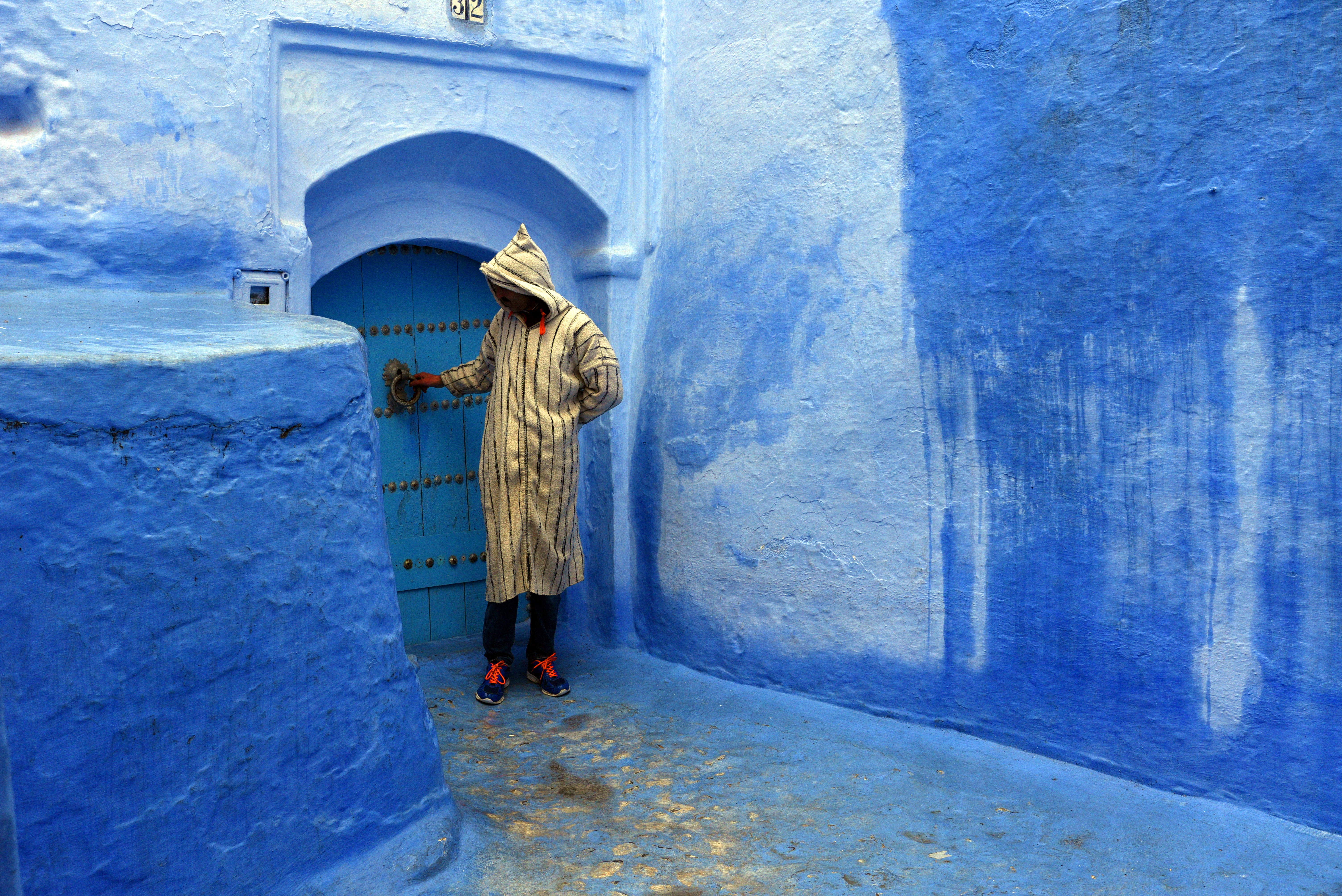
A kaleidoscopic melange, from powder blue to periwinkle, and pretty much everything in between, crafts the cobalt cityscape -
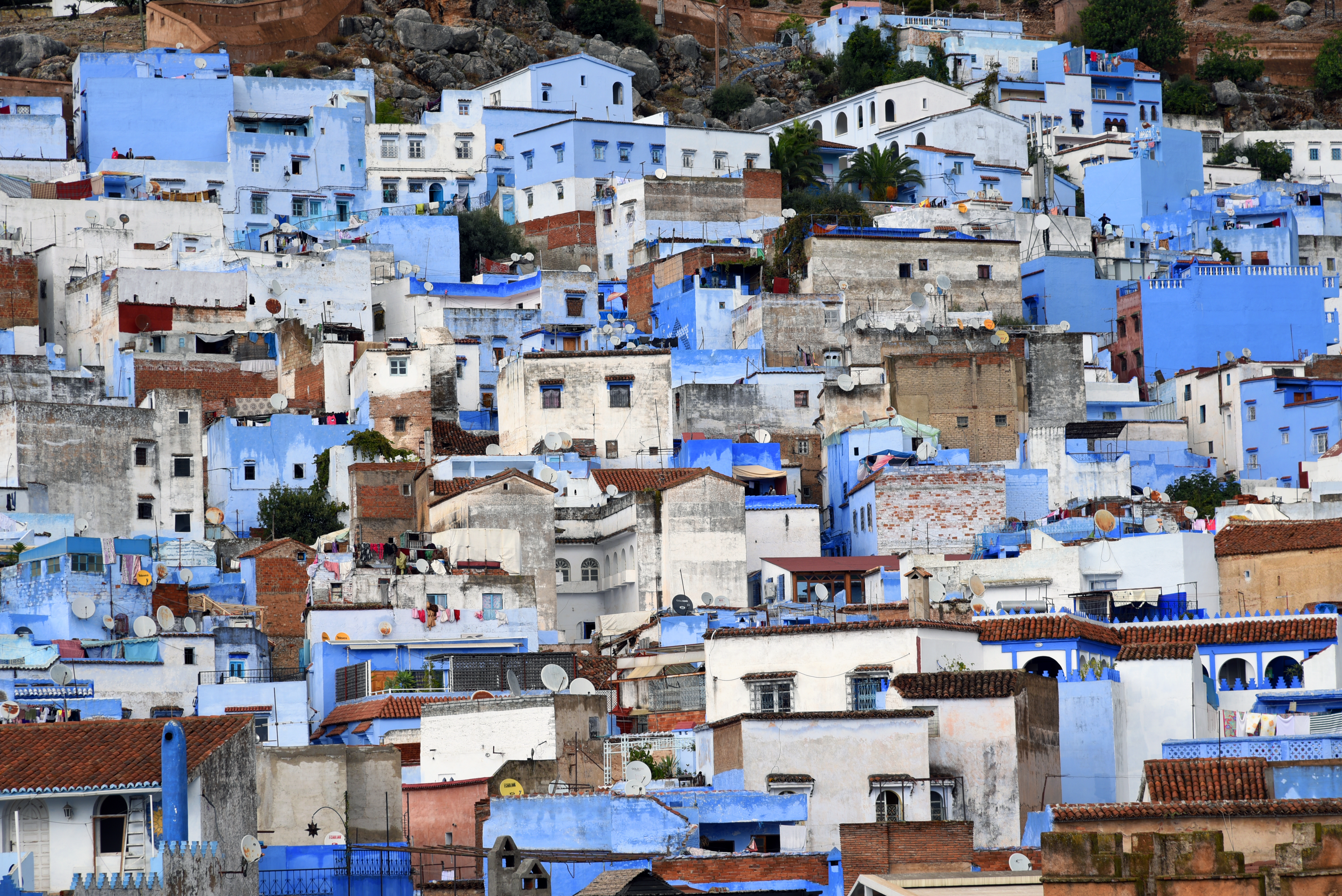
Chefchaouen was founded in 1471 by Moulay Ali Ben Moussa Ben Rached El Alami, a distant descendant of the Prophet Muhammad -
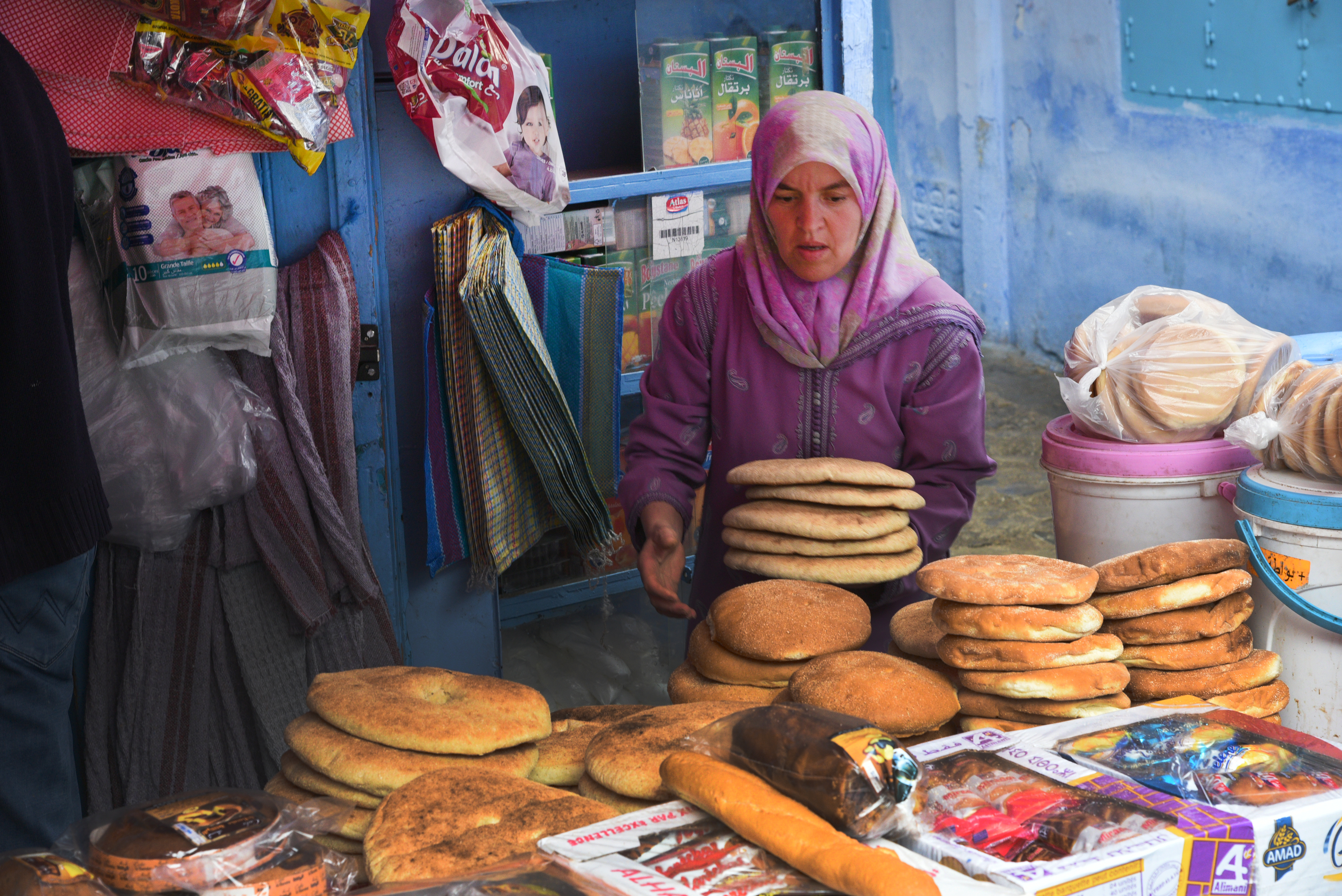
A bakery in the medina with traditional homemade Moroccan bread -
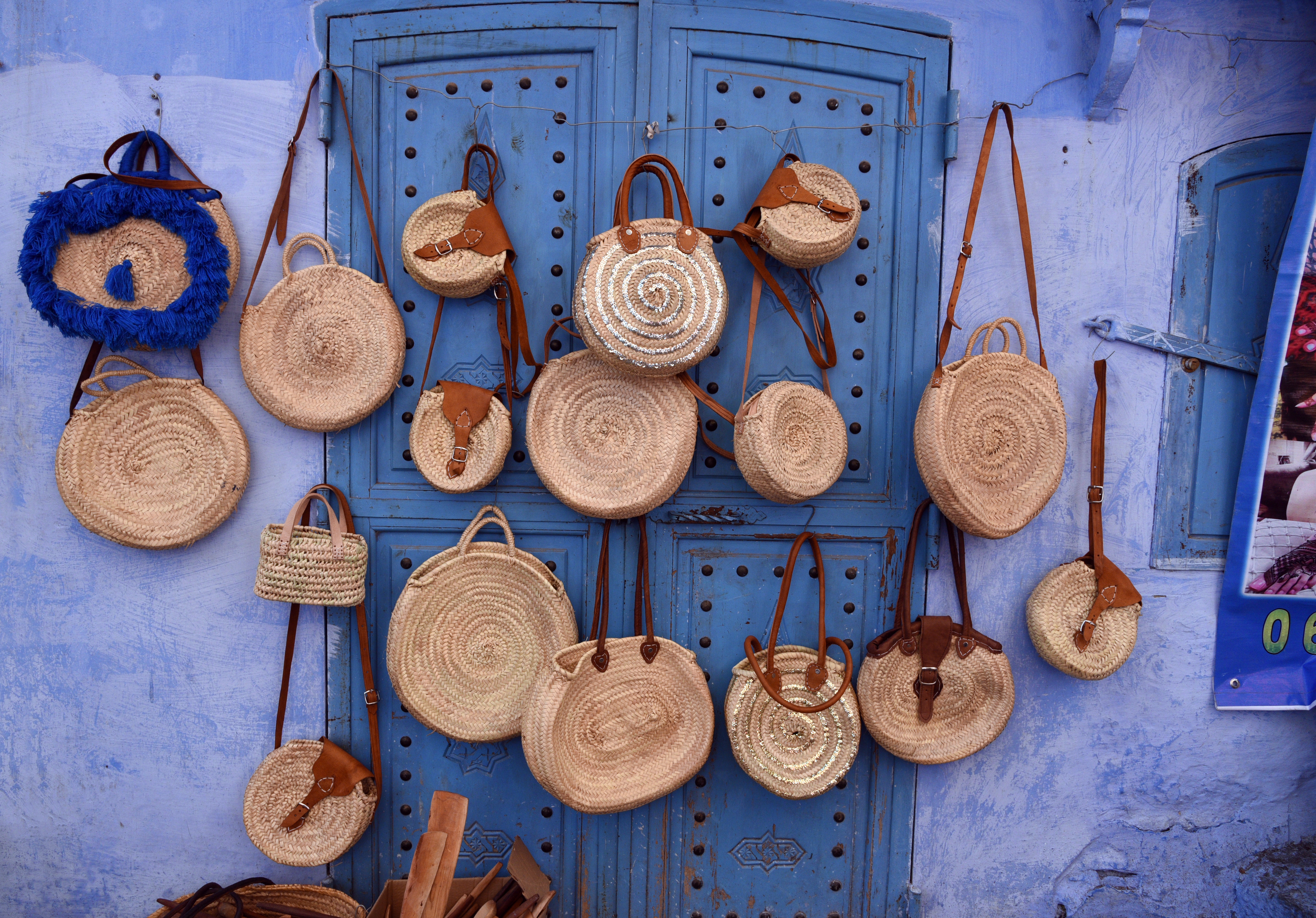
Chefchaouen is known for traditional handmade Moroccan souvenirs – from carpets to crockery, artisan clothing and handwoven bags -
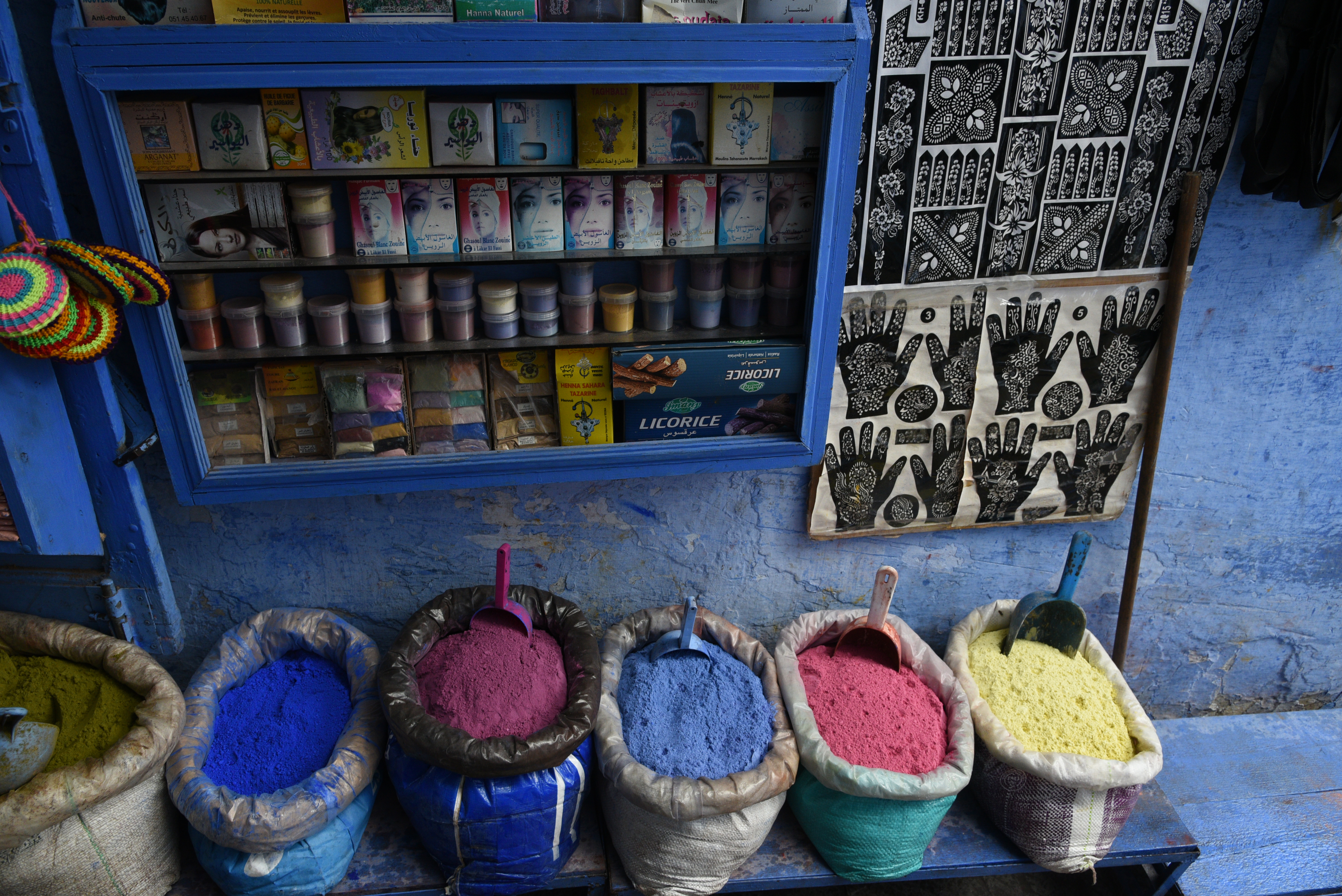
Pigments and colourful spices at a wayside shop -
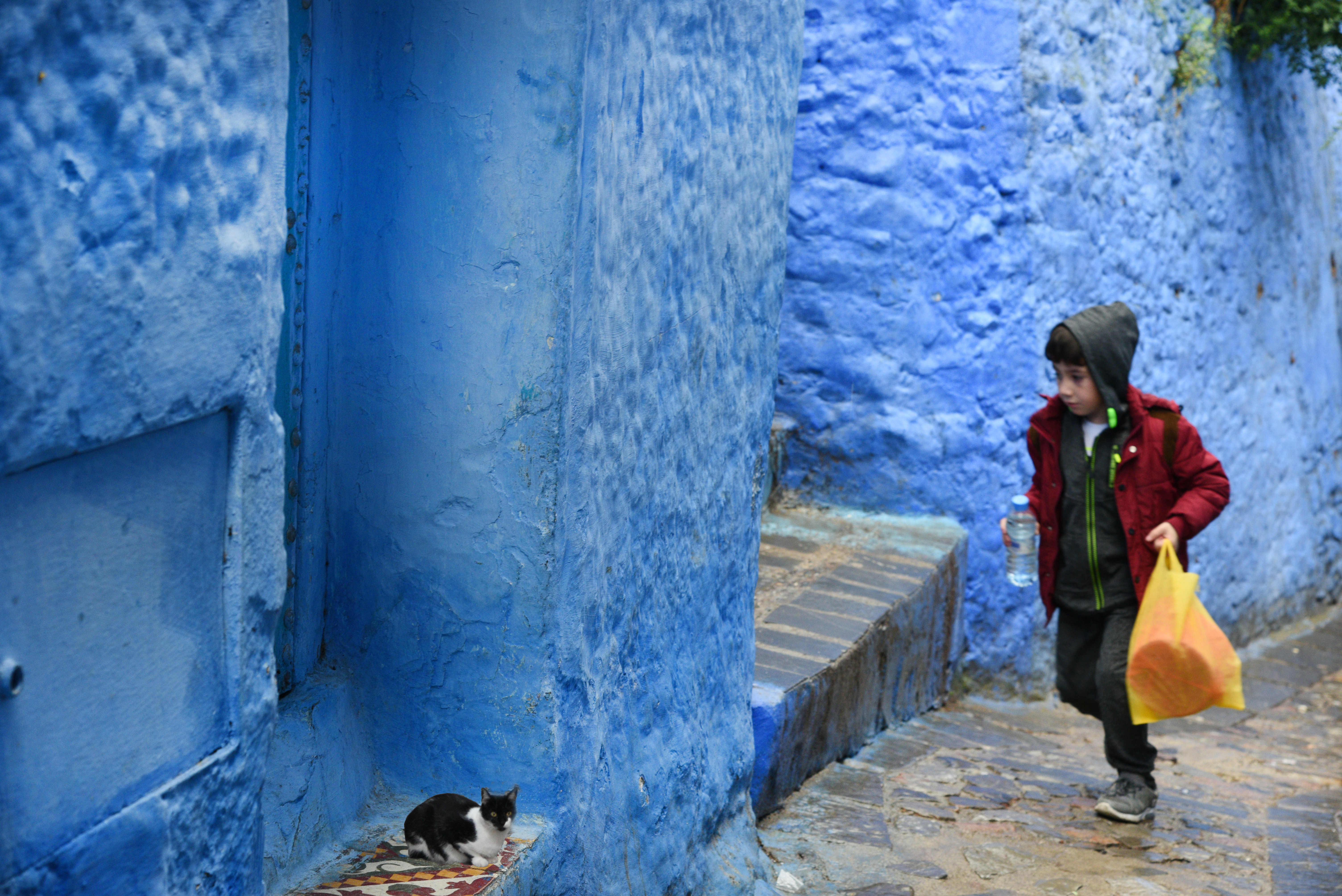
It is widely believed that the medina was painted blue by the early Jewish settlers. In the Jewish belief system blue has a deep symbolic significance representing the sky and spirituality -
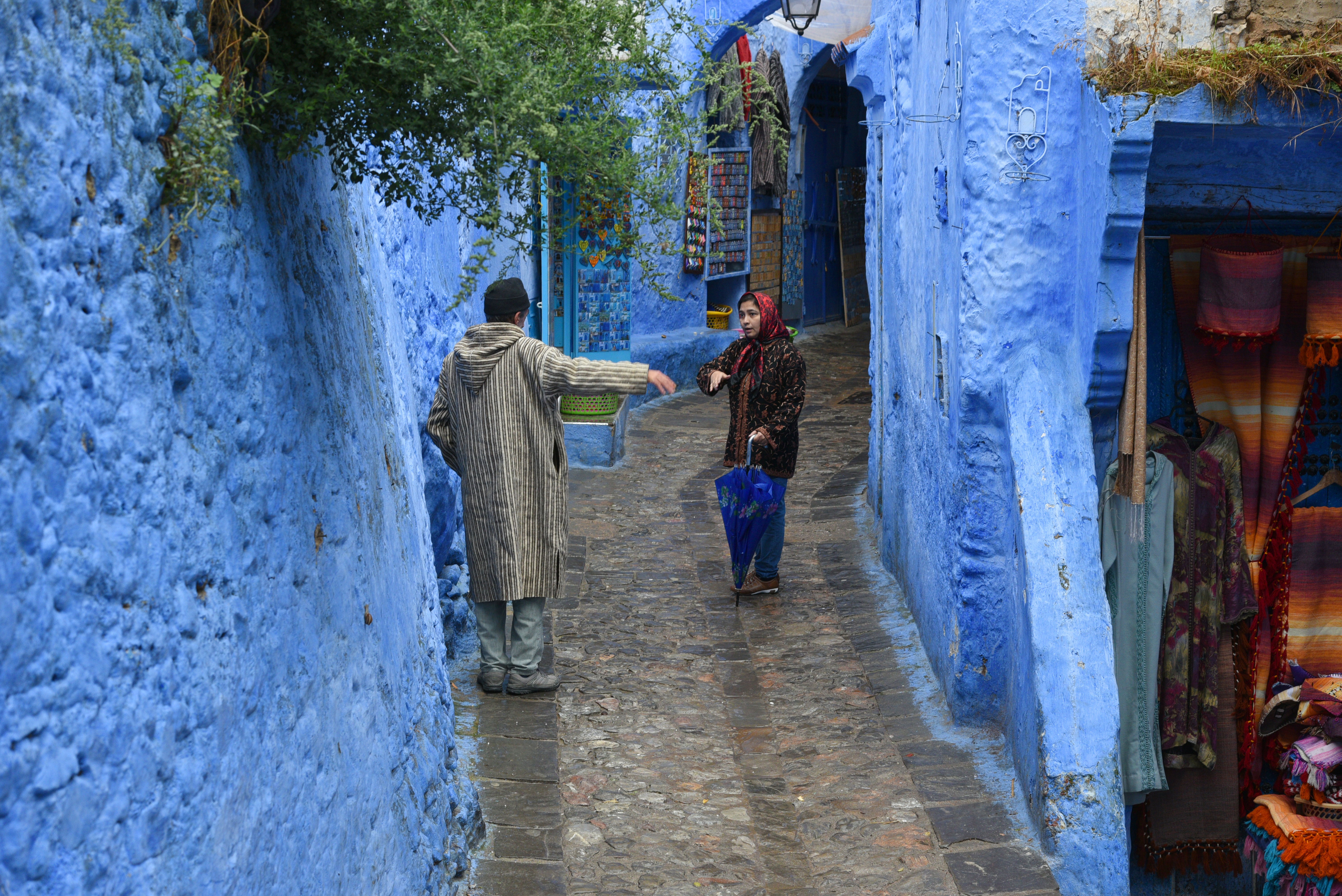
The entire old town of Chaouen, as it is lovingly called, is a car-free zone and easy to navigate -
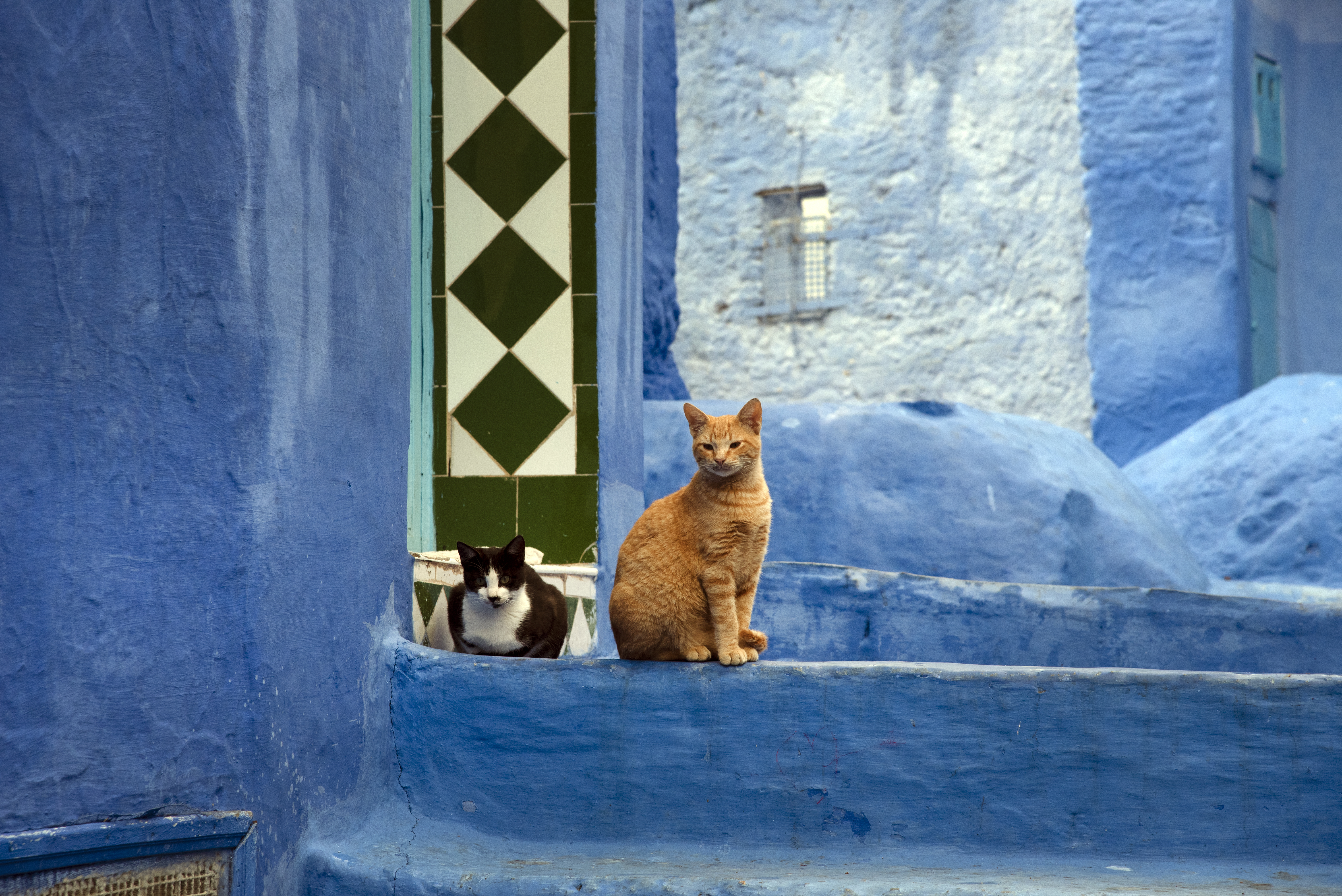
The warren of blue-washed corridors is home to an adorable fleet of feline residents – from snowy furballs to spunky calicos, and pretty much everything in between -
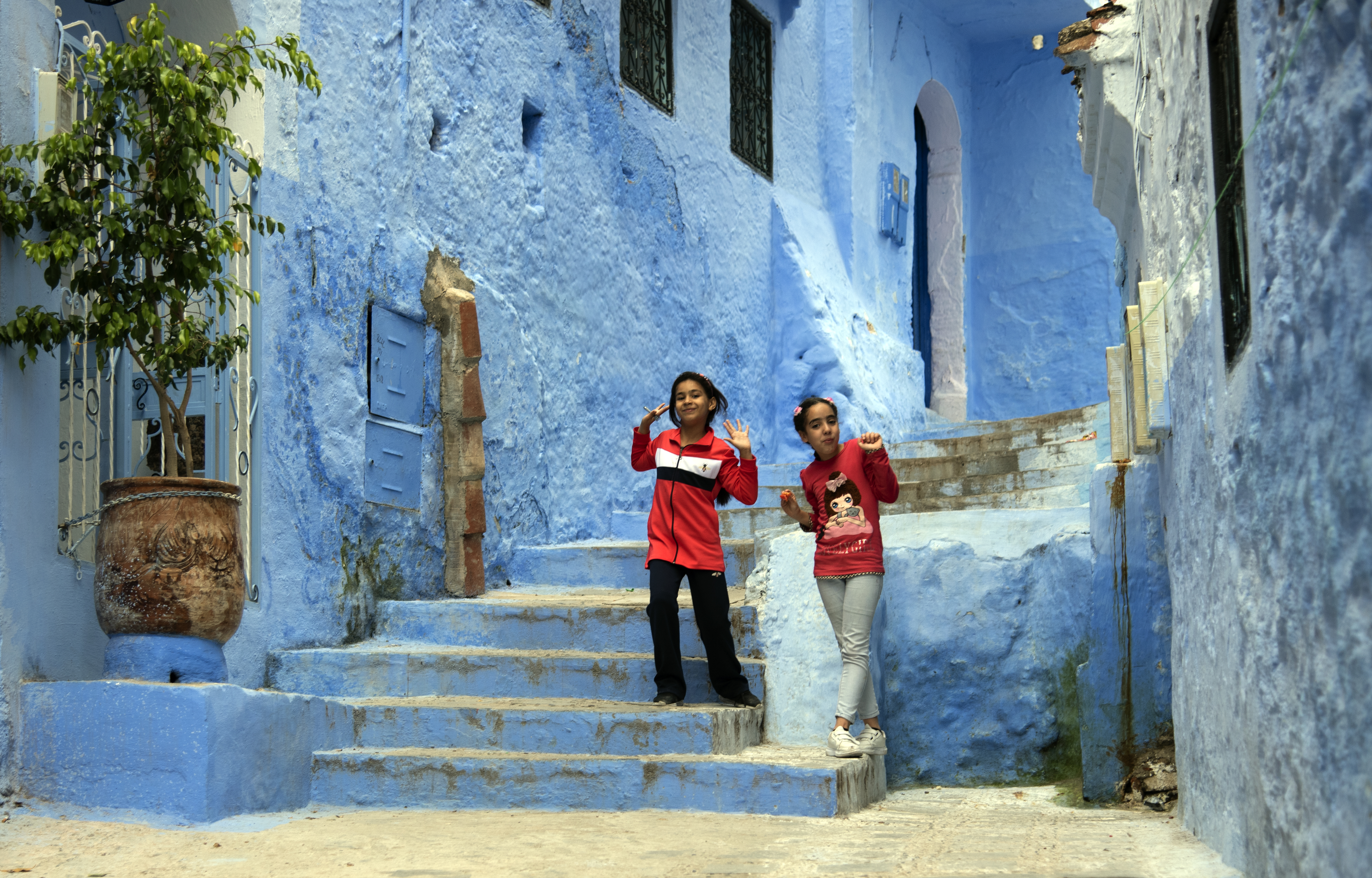
There is a relaxed, easy-going vibe inside the sapphire-tinged medina -

The original fortified settlement of Chefchaouen was built to protect its residents from Portuguese invaders
https://qantara.de./en/node/16273
Link
To all image galleries
